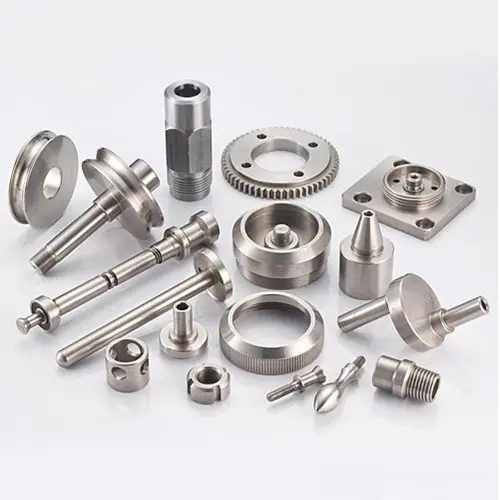Unevenness phenomenon in the precision CNC machining
Unevenness phenomenon in the precision CNC machining is a critical quality issue requiring attention.
In precision CNC machining, the key to solving the unevenness phenomenon in the precision CNC machining lies in the careful control and optimization of the machining process. Here are some specific solutions:

1, optimize tool selection and use to solve the unevenness phenomenon in the precision CNC machining:
Select high-quality cutting tools to ensure that the cutting edge is sharp, in order to reduce the cutting force and reduce the cutting heat. So as to avoid the unevenness of the surface of the workpiece.
Regularly check the tool wear, timely replacement of badly worn tools to ensure the stability of the cutting process.
According to the machining material and process requirements, set the cutting parameters reasonably. Such as cutting speed, feed and depth of cut, in order to reduce the impact of cutting force on the surface of the workpiece.
2, strengthen the workpiece clamping and positioning to solve the unevenness phenomenon in the precision CNC machining:
Design reasonable fixtures and positioning devices to ensure that the workpiece is stable and reliable in the machining process. And avoid vibration and displacement caused by improper clamping. Before machining, the workpiece is thoroughly cleaned to remove oil and impurities to ensure that the workpiece surface and the fixture between the close fit.
3, control the processing environment and process parameters:
Keep the machining environment clean and dry to avoid the influence of dust and impurities on the machining process. According to the machining material and tool characteristics, select the appropriate coolant and cooling method to reduce the cutting heat and reduce the thermal deformation of the workpiece surface. Strictly control the machining temperature to avoid high temperature leading to oxidation, discoloration or unevenness on the surface of the workpiece.
4. Improve the precision and stability of machine tools:
Regular maintenance and repair of machine tools to ensure that the accuracy and stability of machine tools to achieve the best state.
The use of high-precision measuring instruments on the machine tool calibration and testing, timely detection and correction of machine errors.
5, the use of good processing technology:
Introduce good processing technology and techniques, such as high-speed cutting, precision grinding, 등. In order to improve processing efficiency and processing quality.
The use of numerical control technology to realize the automation and intelligence of the machining process. Reducing the impact of human factors on the quality of machining.
